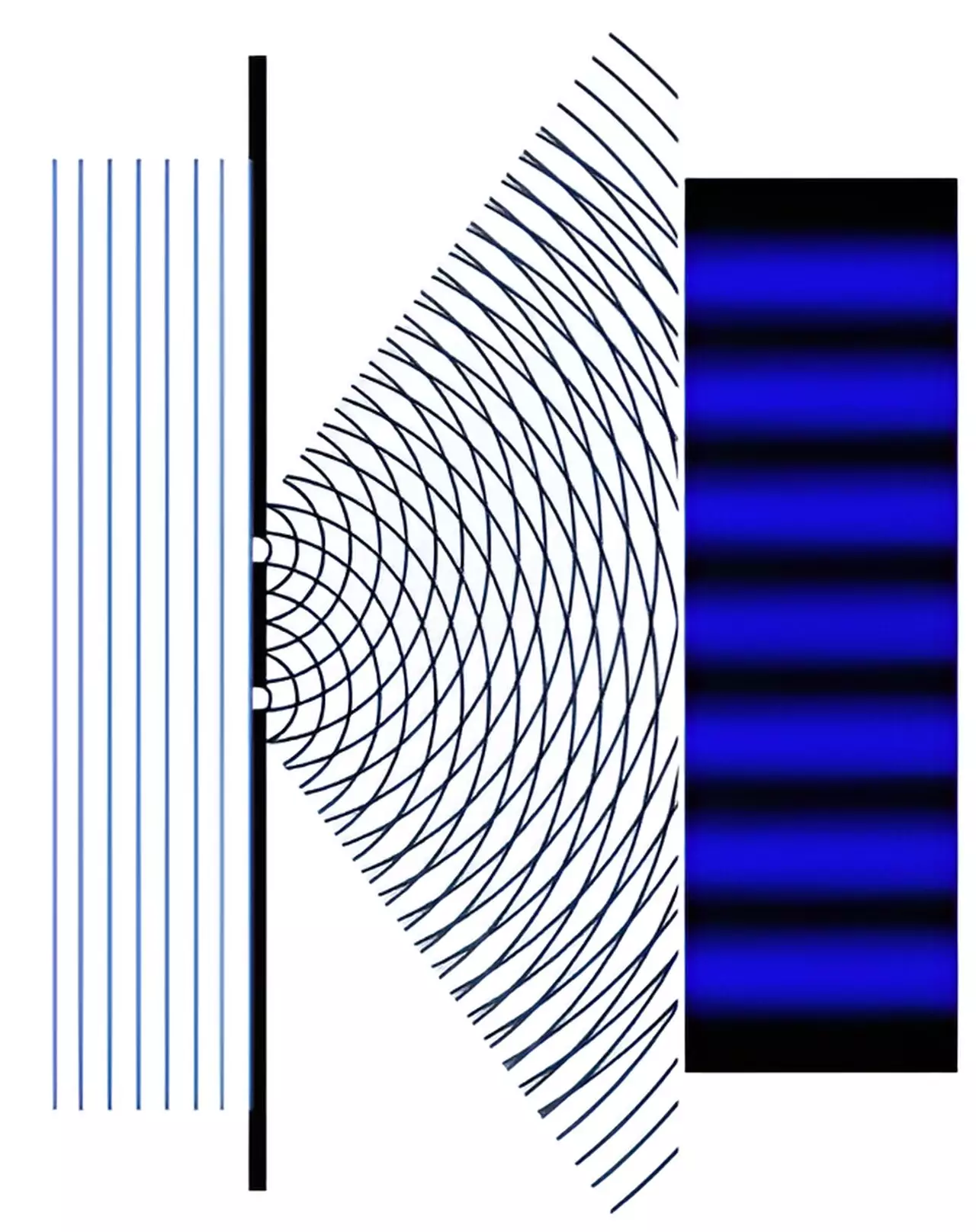Topological quantum computing stands out as a groundbreaking concept that could redefine our understanding of computational power. Theoretically, this type of computing harnesses the often counterintuitive principles of quantum mechanics to create extraordinarily stable and robust qubits. The unique potential of topological qubits lies in their resistance to external disturbances, which are among the common challenges faced by conventional quantum systems. However, as it stands, topological quantum computers remain an unfulfilled vision, primarily due to the elusive nature of the specific qubits required for their operation.
At the heart of this scientific endeavor is the need for a different kind of qubit, one that behaves not merely as a straightforward quantum bit but as something fundamentally new—a theoretical construct that behaves like half of an electron. This notion has sparked significant interest among physicists, especially since the conventional understanding of electrons as indivisible entities has been called into question. Recent studies have unveiled a complex interplay between electron behavior and quantum mechanics that could lead to revolutionary advancements in the field.
Recent research, notably by Professor Andrew Mitchell from University College Dublin and Dr. Sudeshna Sen from the Indian Institute of Technology in Dhanbad, is paving the way for further exploration into topological qubits. Their investigations into nano-scale electronic circuits have revealed new phenomena, where electrons—typically viewed as discrete particles—exhibit behaviors that make them resemble “split-electrons” when subjected to extreme conditions. This revolutionary discovery could play a significant role in advancing the field of quantum computing.
In nano-scale environments, the dynamics of electrons shift dramatically. Traditional notions give way to quantum behaviors that render electrons more fluid in their interaction with one another. As noted by Dr. Sen, the miniaturization of electronic components has pushed the limits of classical physics, demanding a new understanding predicated on quantum theory.
The concept of quantum interference is crucial to understanding how split-electron behavior emerges. When electrons travel through narrow paths in a circuit, they can enter states of destructive interference. This means they can effectively cancel each other out, thereby modifying the current flow. As Professor Mitchell elucidates, the assertion that electrons in close proximity can exhibit properties of collective behavior is not merely theoretical but grounded in observable phenomena.
The endeavor to manipulate this interference could lead to the creation of Majorana fermions—quasi-particles that hold immense promise within the realm of topological quantum computing. The quest to isolate Majoranas, first theorized in the late 1930s, has gained momentum in recent years, as they are essential for constructing robust topological qubits that would mitigate errors prevalent in conventional quantum computing.
In their recent publication, Mitchell and Sen elaborated on experimental facets capable of generating Majorana fermions through the meticulous construction of nanoelectronic circuits. By allowing electrons to navigate through multiple pathways, the circuits induce quantum interference patterns akin to those observed in the double-slit experiment—a fundamental demonstration of the dual wave-particle nature of quantum objects. When individual electrons maneuver through a double-slit setup, they exhibit interference that solidifies the depiction of electrons as wave functions capable of existing in multiple states simultaneously.
The implications of this are profound. A deeper understanding of quantum interference not only aids in uncovering the mechanisms behind Majorana fermions but also fosters the design of future quantum technologies that utilize such particles for computational purposes.
The path to realizing topological quantum computers is laden with challenges, yet the insights gained from current research illustrate a beacon of hope. If Majorana fermions can be effectively produced and manipulated within nanoelectronic frameworks, we may be on the verge of unlocking a powerful new computational paradigm. This would not only mark a milestone in computational capability but could also lead to revolutionary applications across various fields, including cryptography, optimization, and complex system modeling.
While topological quantum computing is still largely theoretical, the groundbreaking studies conducted by researchers shed light on the possible realities that lie ahead. As we continue to explore the intricacies of quantum mechanics and nanoelectronics, we are inching closer to the realization of machines that could operate with unprecedented efficiency and reliability, potentially transforming our technological landscape forever.

